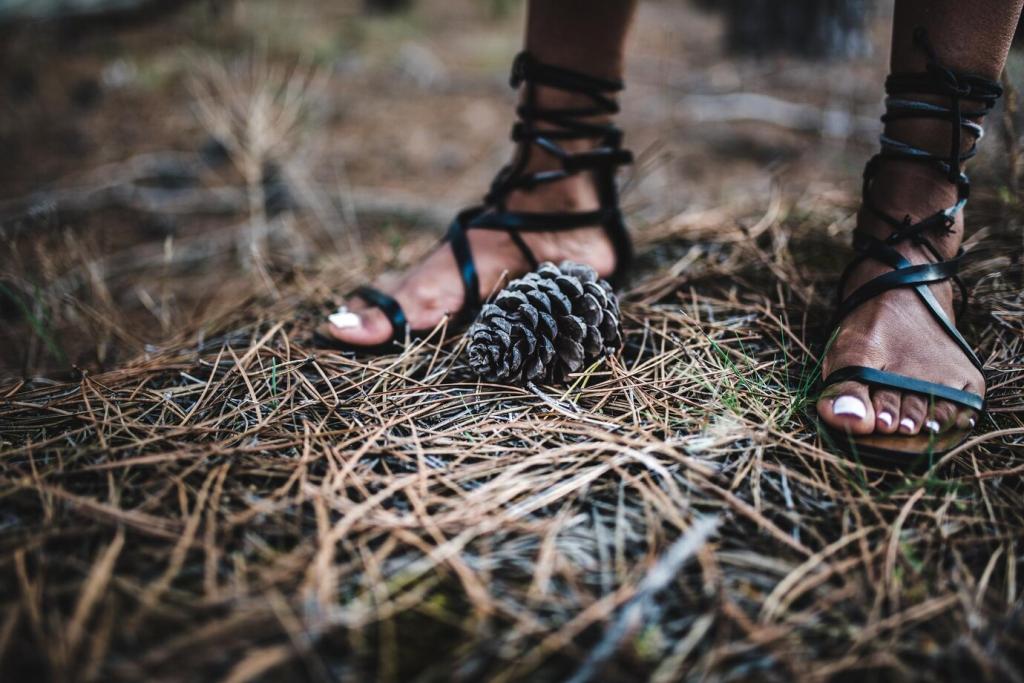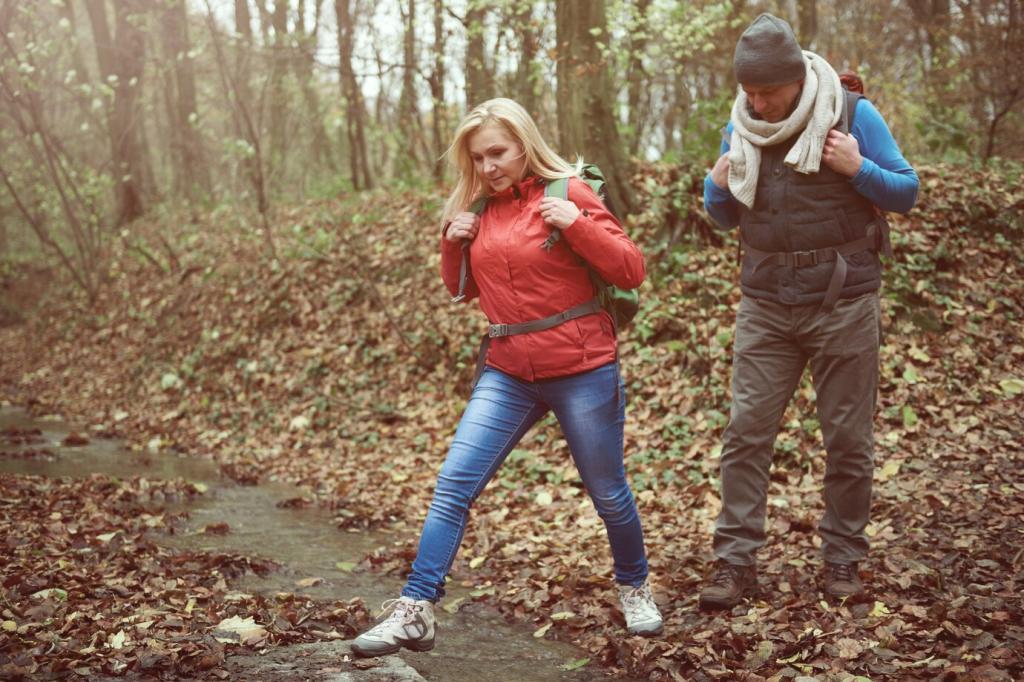Essential Gear for Beginner Hikers: Start Your Trail Right
Chosen Theme: Essential Gear for Beginner Hikers. Welcome to your trailhead for confidence, comfort, and curiosity. We’ll unpack the must-have items that turn first steps into unforgettable journeys, share real trail stories, and help you build a kit you can trust. Subscribe for weekly gear wisdom and tell us which item you never leave behind.




Backpacks and Packing: Carry Comfortably, Hike Happily
For day hikes, 18–30 liters usually fits layers, water, and essentials; weekend trips often need 40–55 liters. Frames add support for heavier loads, while frameless packs shine for ultralight kits. Start small, learn your style, and upgrade thoughtfully.

A paper map never runs out of battery and a simple baseplate compass can guide you through fog or mixed signals. Learn to orient the map, take a bearing, and read contours. Practice on an easy loop before relying on skills deeper outdoors.
Navigation Essentials: Know Where You Are and Where You’re Going
Hydration and Nutrition: Fuel That Moves You Forward
A liter of water weighs about 2.2 pounds, so plan sips, not sloshing. Bottles encourage quick refills and easy treatment, while bladders promote steady sipping. Consider temperature, shade, and climb. Start with more, learn your needs, then refine.
Hydration and Nutrition: Fuel That Moves You Forward
Filters remove grit and pathogens; chemical drops are ultralight and reliable. Squeeze, pump, or gravity options each have a place. Pre-filter silty sources with a bandana to protect your gear. Treat every source, even the prettiest alpine trickle.

Base, Mid, and Shell Explained
A moisture-wicking base keeps you dry, an insulating mid traps warmth, and a weatherproof shell blocks wind and rain. Avoid cotton, which stays wet and chilly. Adjust layers before you sweat, not after, and keep gloves and a beanie handy.
Adapting to the Forecast
Check the hourly forecast and pack for the shoulder hours that feel coldest. A light puffy weighs little but lifts morale at rest stops. If storms threaten, prioritize a reliable shell. Share your weather surprise story so others can prepare.
The Comfort of Dry Clothes
A spare pair of socks can turn a rough day around instantly. Stash them in a zip bag, and rotate at lunch if needed. Warm, dry feet restore patience and curiosity. What small comfort item earns space in your pack every time?
Safety and Emergency Basics: Be Ready, Stay Calm
Pack blister care, bandages, antiseptic wipes, pain relief, and a few personal medications. Add a tiny roll of tape and gauze. Review items every season. Familiarity matters more than fancy packaging, so practice using everything at home first.

Little Extras That Make a Big Difference
Trekking Poles for Rhythm and Relief
Poles reduce knee stress on descents and steady you on roots and streams. Adjust length so elbows sit near ninety degrees. Practice planting with a natural stride. Many beginners report longer days feeling easier after just one outing with poles.
Sun and Bug Protection
A brimmed hat, sunglasses, and broad-spectrum sunscreen defend patience as much as skin. In buggy seasons, add repellent and a tiny head net. These small defenses preserve focus, conversation, and smiles, especially on warm afternoons and slow forest climbs.
Mini Repair and Multi-Use Items
A few feet of duct tape, a small multi-tool, and zip ties solve surprising problems. Patch a torn strap, silence a rattle, or reinforce a blister patch. Every fix builds confidence. Share your most creative trail repair in the comments.
